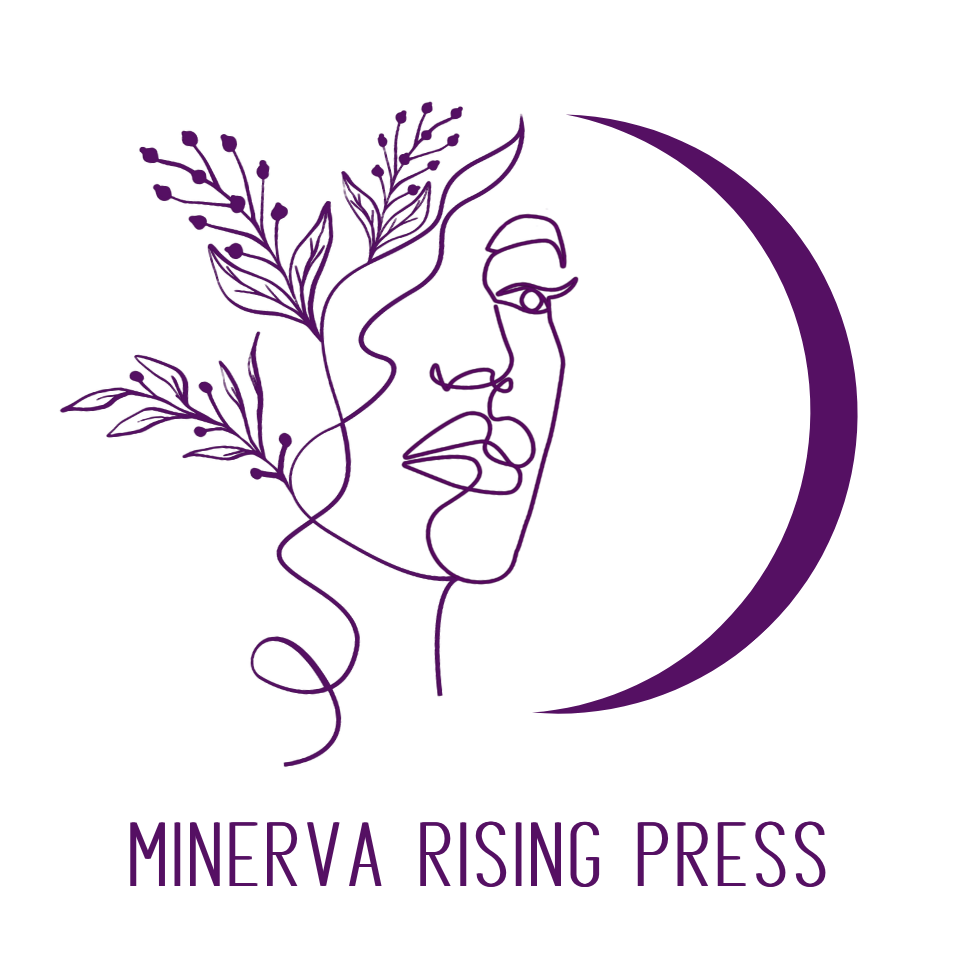I teach memoir, but I mostly write poetry. This works well because of the inherent prose lessons in poetry concerning concision, sound, voice, facts and even plot.
Concision & Precision: Poetry is usually* more concise than prose. (*Of course there are prose poems and short flash fiction pieces. ) In Margaret Rozga’s collection about her son’s Army experience in Iraq, Though I Haven’t Been to Baghdad, she tells a narrative story through the poetic line. In Returning to Duty, she writes, “Maybe it’s the uniform, / like a visible pregnancy, / a sign read as / feel free; ask anything.” Poetry, unlike traditional (non-experimental) prose writing, gives writers the opportunity to sketch a moment and imbue meaning quickly. A scene can be suggested with small brushstrokes instead of all of the details from description to dialogue to action.
As you write in any genre, work to choose the best word and eliminate all extra words. You might start by underlining the verbs and replacing them with the most muscular verbs. In particular, avoid the verb, “to be,” unless you are using the verb to offer a sense of being. For example, instead of writing, “I am in the car,” try, “I hunch in the driver’s seat.” Another editing technique is to challenge yourself to halve the word count. Can you make the same point in half the number of words?
Rhythm & Sentence Variation: Reading your work aloud is an effective editing and revising tool. This slows down your eye (and voice) since it is easy to skim through your work and self-correct errors in your mind, rather than on the page. You can also hear repeating lines or sentence structures. If you are regularly using long sentences, then why not add a shorter sentence to highlight something important? The change in rhythm will catch your reader’s attention.
I heard Mark Strand read The Delirium Waltz from Blizzard of One at the 92nd Street Y some time ago. This long poem moves from short lines to prose sections and back again. Strand’s simple lines, the repetition and the alternating prose sections were breath-catching to listen to as they are to read.
As an attention-getting exercise in a college composition writing class that met at 8 am, I had the class read the poem aloud and even with the different voices and reading styles, we heard the changes in rhythm when the lines changed length or style or a rhythm was broken.
Read the full poem here.
For a more formal study on poetic meter, see Paul Fussell’s Poetic Meter and Poetic Form.
Voice(s): Writers work hard to develop a voice and it can be difficult, but not impossible, to craft more than one voice in a piece or collection.
Patricia Smith’s sequence of poems about Hurricane Katrina, Blood Dazzler, tells stories in the voices of victims, survivors, politicians, hurricane herself, nursing home residents. This retelling joins together disparate people and experiences in one book.
Smith read the text with music at the Dodge Poetry Festival in Newark, N.J., 2012, and the performance spins through the storm.
For more, watch this video (without music) or read these excerpts.
To read about dialogue and persona poems, click through to this link from the Academy of American Poets.
Outside References: While you might have been first instructed to “write what you know,” instead, write to discover what you want to know. Start in the physical known world, even using the world around you, and then how the ideas link to something new.
One distinction between poetry and memoir is the use of truth and facts. Memoir is presumed to adhere to the past as the author remembers it (as truthful and factual as possible, perhaps even with some research involved.) Poetry is presumed to be partly or entirely fictional (that is to say, imagined). Poet Kamilah Aisha Moon reminds us of the term “biomythography” in her author’s note to She Has a Name, “a term coined by Audre Lorde, based on a larger family narrative. I can only speak for and as myself definitively.” Poetry can rest in that space between facts and emotional truth.
Anne Carson’s Nox is an elegiac collection that seeks to reconstruct her brother and their relationship. It ispublished as an accordion book in a box, and is a collection ofpoems, pictures, prose, definitions, historic and literary references. Objects, ideas or images shift can shift or even gain meaning when they are seen next to something else. In its sparseness, poetry can leave space for the reader to create the connective tissue between ideas. Meghan O’Rourke wrote of Nox in The New Yorker in 2010, “The Carson method involves a kind of mashup of old and new; she proceeds through juxtaposition rather than metaphor-making. What you get is the over-all action of the mind rather than the high-shine lacquer of the apt image.”
Kimiko Hahn’s Toxic Flora starts with articles from the Science section of the New York Times and ends in a more personal and intimate realm. She writes in Space, “Take the protostar: I can’t grasp / how clouds of dust and gas can collapse / then suck up more stuff and expand / to over twenty times the size of our Sun. / In all this heat and shadow / where did Mother disappear / after the car crash? Where / is my daughters’ grandmother / since they’ve learned there is no heaven — / except for rose, hedge, and pine?”
Story (and sometimes Family): Through image, suggestion and sometimes narrative, a story is told in both poetry and prose. The following three collections are written by poets who consider their sisters specifically, and, more generally, family and self. As poems, they start with experience and then move into the realm of art: an illumination and mirror of something that was true and still contains truth.
Beth Bachmann’s Temper
In Elegy, Bachmann writes, “Lovesick, / I flick a feather into the water. No stones. / Only the one in my pocket, heavy as a tongue.”
Nickole Brown’s Sister
In A Cup of Anything, Brown writes, “I can remember? / All I can tell you / is that when you / were new / the crown of your heard / broke my heart / with the smell / of sweet, warm / bread.”
Kamilah Aisha Moon’s She Has a Name
In Love is a Basic Science, Moon writes, “It wasn’t extraordinary in our minds / to love her, / to let her know, / holding on until she squeezed back.”
I encourage prose writers to purchase these or other poetry books at independent bookstore and notice how the word choice, line breaks, and empty spaces can inform your sentences, paragraphs, essays and chapters.
***
Chloe Yelena Miller lives in Washington, D.C., with her husband and son. She is the author of Unrest (Finishing Line Press). She blogs about intersecting roles at Woman Mother Writer (http://womanmotherwriter.blogspot.com).


